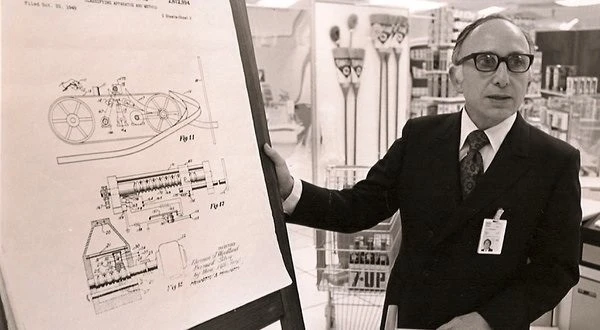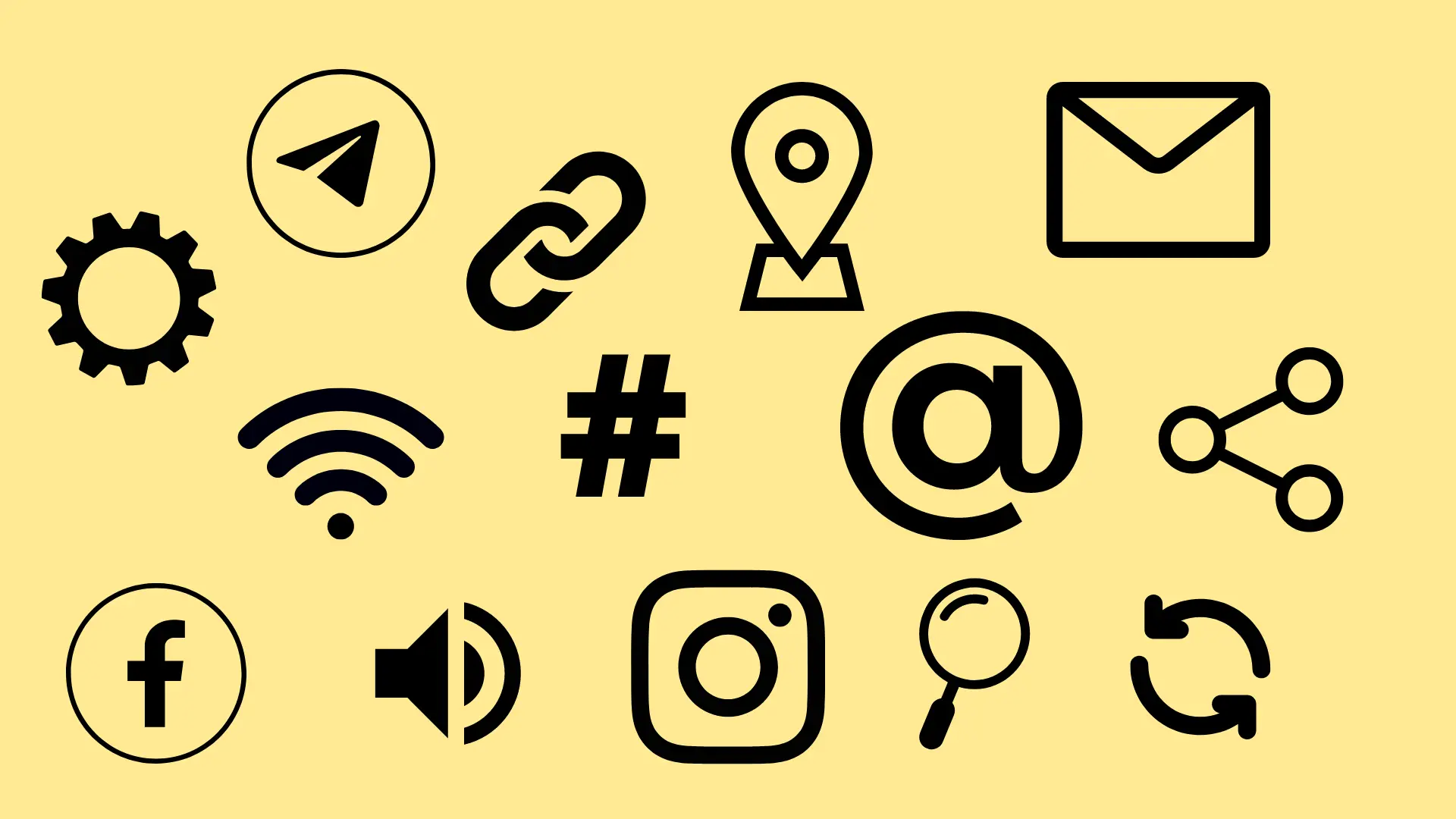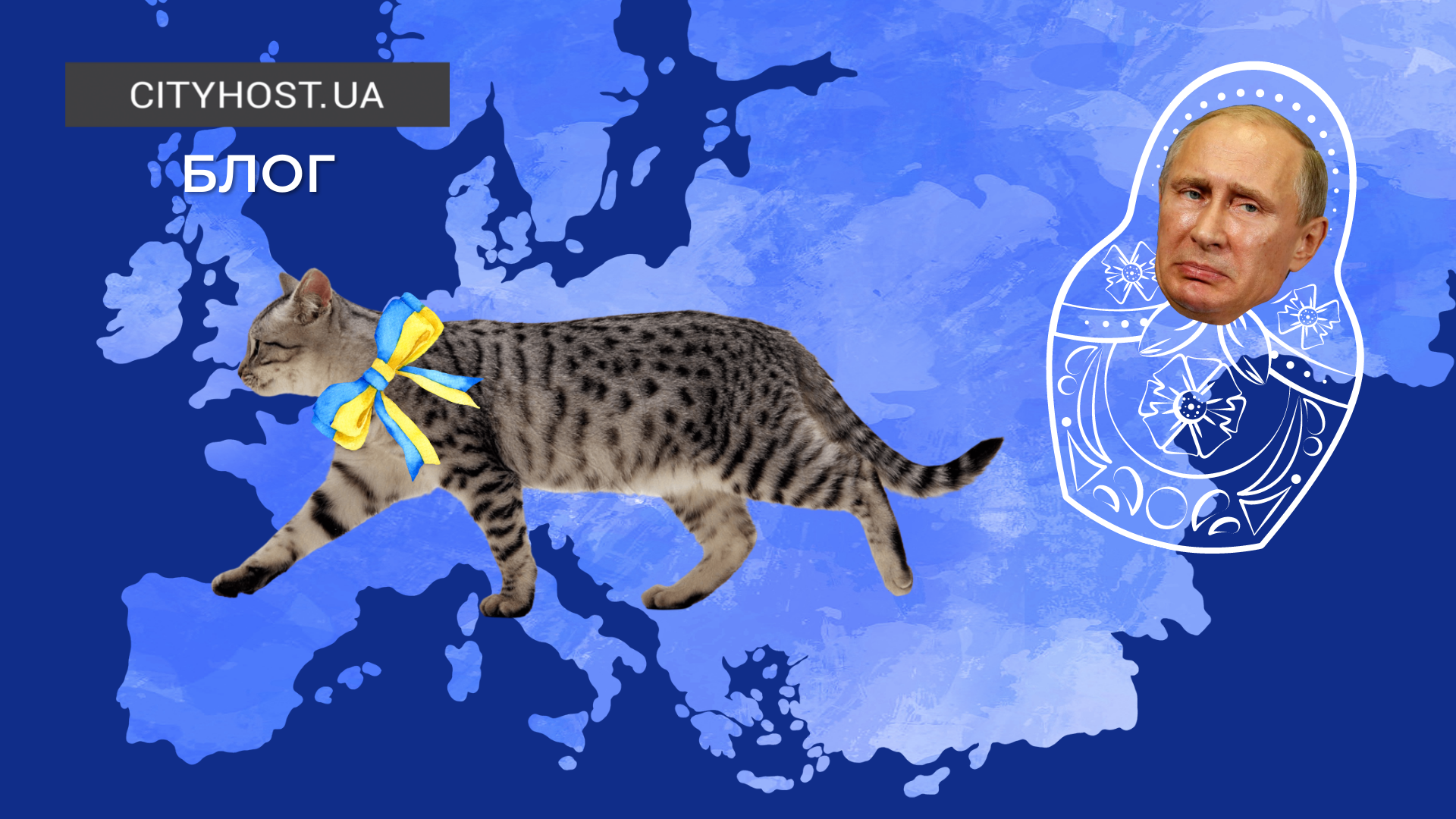
The impact of Internet technologies on the world is obvious to us, and we all understand very well how much our lives have changed with the advent of computers, programming languages, and the Internet. But sometimes we do not fully realize how deeply they are rooted in every branch of human existence.
Today we will talk about non-obvious things and phenomena that exist in a modern form thanks to the Internet.
Bank plastic card
We chose this item as a symbol of the radical changes in the banking system caused by the advent of the Internet. In fact, if you list all the innovations, you can write a separate article about them alone.
Thanks to the Internet, there are ATMs, Internet banking, a cash register terminal, the ability to pay by phone, transfer money to mom, and much more.
In fact, digital technologies and the World Wide Web have turned the entire financial industry upside down and created a range of new services and equipment that were not possible before.
What happens when you insert your card into an ATM? The device reads the data from the magnetic tape and transmits it to the processing center together with the entered pin code. There, the information is verified and the transaction request is approved or rejected. It goes the same way when paying by card through the terminal.
The processing center is a complex structure, but we are interested in its technical component. This is a set of servers in a data center that have specific software and are connected to each other and to ATMs via an Internet network. That is, there is no Internet - there are no transactions.
Thanks to the network, now everyone can have their own bank account, pay in an online store while lying on the sofa, and store money in digital format.
Barcode scanner in a supermarket
Now let's move to the trade industry, which has also undergone tremendous changes with the advent of the Internet. We won't even mention online shopping - it's too obvious. Let's talk about innovations in physical trade - supermarkets and shops.
Before the advent of Internet technology, supermarkets also existed, but they were more like self-service stores. The barcodes we are used to, the tapping of scanners and the entire system of goods circulation in stores are impossible without IT technologies and are controlled by software. Self-service terminals, warehouse accounting programs, product databases, electronic document management services — all this created a completely new face of trade.
One of the important innovations is POS systems. These are hardware and software complexes for automating trade processes. These include POS terminals (to which we attach the card), monitors for the seller and the buyer, special keyboards, receipt printers, cash boxes, scales and many other devices. The system functions due to special software, and its center is the server .
Software for systems is developing rapidly. It allows not only to carry out payment operations, but also to control the balance of goods in the warehouse, changes of employees, purchases. Moreover, marketing and analytical tools are now built into it.
Recently, cloud-based POS systems, which are not on the server, but in the cloud environment, have become popular. This is a cheaper solution for business owners, because they pay only for the service - there is no need to buy a server and hire an administrator.
The barcode scanner is essentially one of the many peripheral devices of the POS system, but it is worth mentioning separately, because the first prototypes of scanners were developed at IBM. You may have heard of this corporation, which has been around since 1911 and has contributed greatly to the creation of computers and software.
After creating the first versions of the scanners, IBM recognized that it was dealing with a rather interesting technology, but when the inventors Woodland and Silver put a price on the patent, the company decided that it was too expensive. As a result, the patent was purchased by another corporation, and over time, a number of competing companies, including IBM, joined the development of barcode scanners.

Norman Joseph Woodland, who is called the main inventor of barcodes
In 1973, IBM introduced its barcode system for labeling food products, and the proposal won the competition. This year is considered the reference point for the existence of barcodes and scanners in retail networks. From the beginning of the first attempts to create a scanner to the moment of realization of the idea, 25 years have passed.
Interesting fact: there are one-dimensional and two-dimensional barcodes. One-dimensional are bar codes that we are used to seeing on goods. They can transmit very short blocks of information, so they are used to encode prices. Two-dimensional are QR codes, which we are also very familiar with. They have a larger useful area, so the links are coded in them. So you also have a barcode scanner in your phone.
If we have already talked about trade, then it is worth mentioning the registrar of settlement operations (PRO), without which it is difficult to imagine modern business in Ukraine.
Cash registers have existed for a long time, including mechanical ones. But modern means of fiscalization of settlements are based on the fact that they constantly interact with the fiscal server, sending it data and receiving a number assigned to the operation. This data exchange takes place using an Internet connection. There are also software registrars — these are Internet services that work in a cloud environment, where the entrepreneur registers an account.
By the way, the appearance of software cash registers made it possible to create more conditions for small businesses to come out of the shadows, since using the services is much easier and cheaper than buying a physical cash register.
You can learn more about these services from the article " PRO: what is it and who needs it, an overview of software PRO services ".
Internet of things and smart home
The Internet of Things is a term that denotes a set of gadgets connected to each other by a network and able to independently perform certain functions on a schedule or in response to given triggers. One of the most common representatives of the Internet of Things is a smart home. For example, motion sensors are installed in the kitchen, and when you go in for coffee in the morning, the coffee machine automatically turns on, and the microwave starts heating up breakfast. While you are at work, the robot vacuum cleaner cleans the house at exactly one in the morning, and the refrigerator scans the products and orders what is missing from the online store.
We can already see the elements of a smart house in everyday life — for example, the light in the entrance, which turns on in response to movement.
Proponents of digitalization of society say that in the future, whole smart cities await us. The same future is predicted for medicine — the Internet of medical equipment can speed up the treatment of people and make diagnosis more accurate.
Sale of electronic copies
How to sell the same product many times? Apparently, Ostap benders of the past dreamed of such an opportunity, and now it is available to anyone. Before the Internet, you could only sell a physical thing, service, or entertainment once. And even if a copy of the painting was sold, it was still physical.
Only in the age of digital transformation, multiple sales of the same product became possible.
You can buy an e-book, a knitting pattern, a photo, a song or a movie — and at the same time the original will remain in the hands of the owner.
Google Maps
People who live in big cities or like to travel cannot imagine their life without a map in their smartphone. After all, it not only shows routes, your location and the distance to the desired destination. Here you can see photos of any part of the planet where people have already visited, read reviews about establishments, learn about traffic jams, walk the streets of unknown cities.
Previously, we would have asked passers-by how to get to this or that place, but now we can make a travel route down to the smallest detail, just by holding the phone in our hands.
Internet professions
If you now look at the list of professions, you will see many new titles that were not familiar to people even in the 90s of the XX century. SMM specialist, mobile application developer, contextual advertising specialist, UI/UX designer, and of course, programmers who work with dozens of programming languages.
According to rough estimates, there are more than a hundred Internet professions in the world. If predictions are to be believed, in the future there will be even more of them — for example, a digital linguist and an architect of virtual worlds.
Read also: " Learn to program on your own or go to developer courses - what to choose? »
Remote work
Of course, remote work! This is one of the most favorite innovations of office workers, thanks to which you can work lying down, go to zoom meetings without pants and not spend 2-3 hours a day on the road.
This way of working leads to other changes as well — a reduction in the number of people in transport and the abandonment of offices. IT companies are already reducing office space, because after the coronavirus epidemic, both employees and management liked working from home.
However, not everyone is happy with such innovations. If you have three children, a dog, a parrot and two cats, then working in the office is almost a vacation.
New dictionary
We are already used to the words "tiktoker", "facepalm", "content", "online" and many others.
But who would have thought even 30 years ago that there would be a separate dictionary of Internet terms, some of which we use every day. And these are not only technical terms, but also jargon related to chats, social networks, emojis, video conferences... Add here all the terminology and informal slang of Internet professions, which are also dozens, and you will understand how much the world's languages have changed due to the existence of the Internet. Most of these words come from the English language, because it is the language that underlies most programming languages and the entire industry. That's hundreds of words.
Philological scientific works were even written about neologisms in social networks and messengers.
Symbolic alphabet
The symbolic series has also been enriched with dozens of new signs. Look at the pictures and name them. You know them, right?
 And this is only a small part of the signs that we constantly use in the network. In fact, humanity has created another alphabet similar to the Egyptian alphabet and is actively expanding it.
And this is only a small part of the signs that we constantly use in the network. In fact, humanity has created another alphabet similar to the Egyptian alphabet and is actively expanding it.
Virtual friends all over the world
Previously, to call a friend for a walk, you had to come to him under the window and shout. Then landline phones appeared, then mobile phones. Now you can not go anywhere, but just gather in Zoom and chat. And it doesn't matter where your friend is - in Ukraine or abroad.
The network allows you to make friends, communicate and even fall in love without leaving your home. On the one hand, this has negative consequences, because we began to walk less and communicate with living people. But on the other hand, there are also advantages - we are not limited to our city in search of kindred spirits and like-minded people, and we can find a loved one on the other side of the planet.
***
This list can be continued, because there is no facet of a person's life that is not touched by Internet technologies. If there were no computers and networks, the world would not be the way it is now. Culture, society, human psychology, geopolitics, industry would be different... And you and I would also be completely different.









